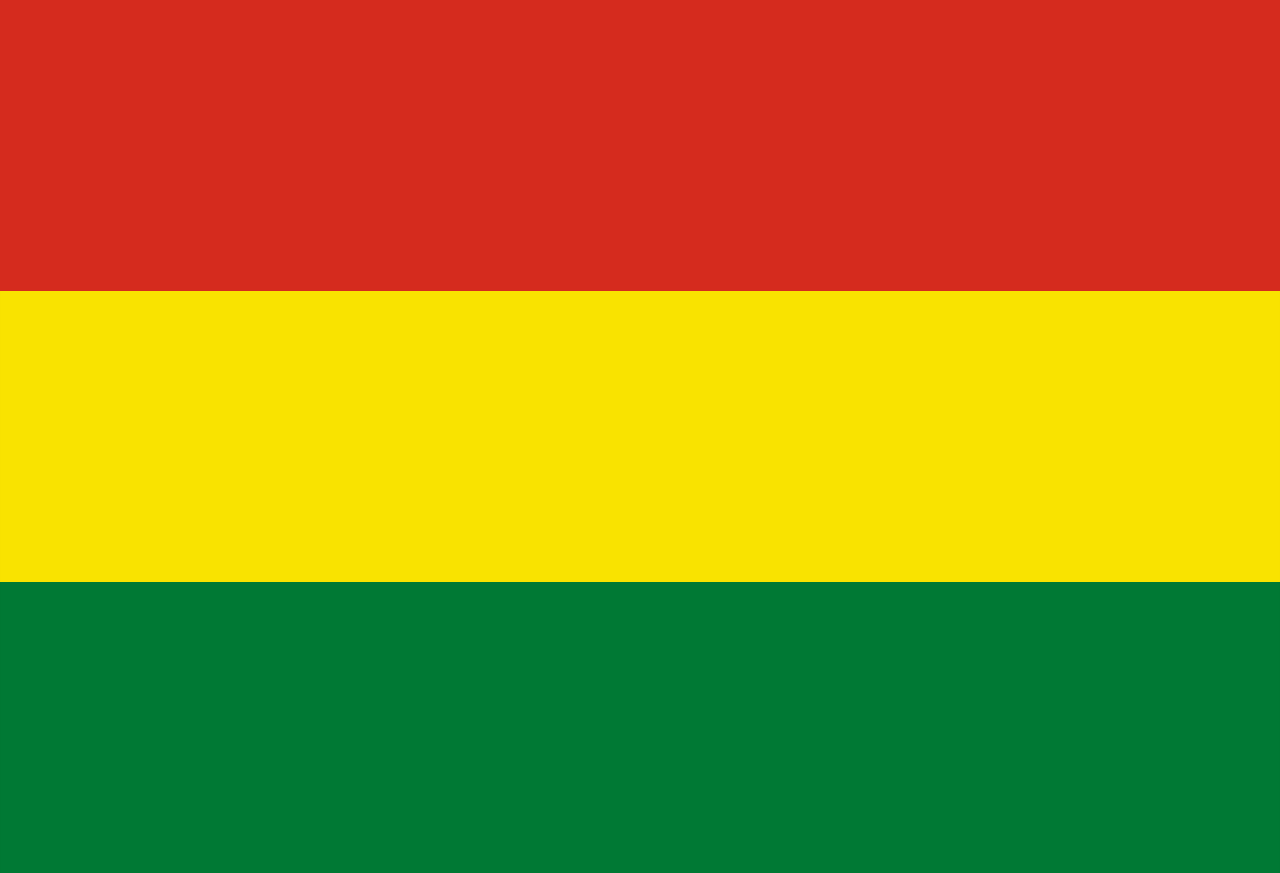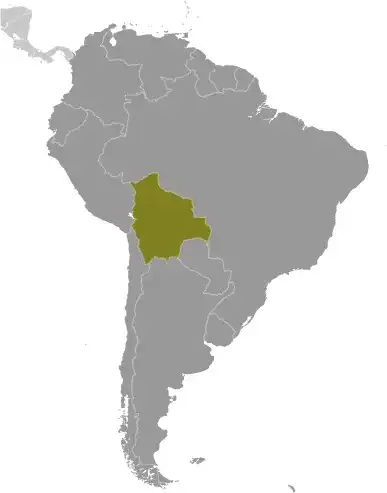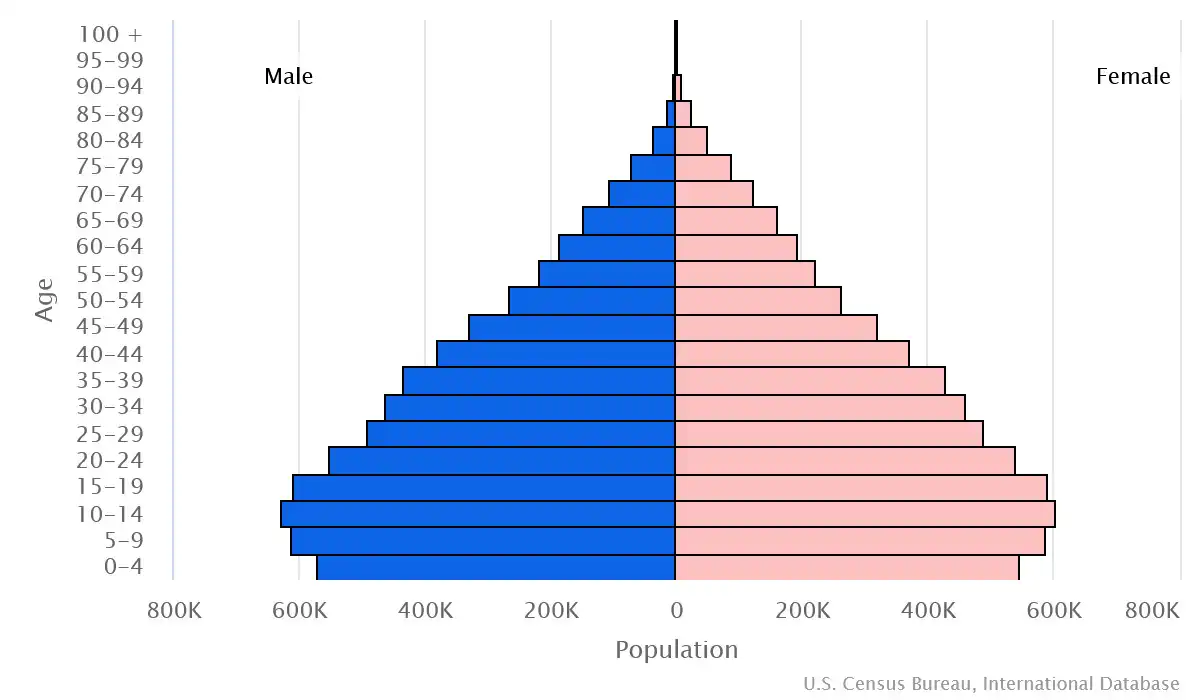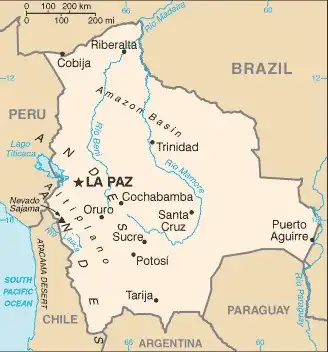
Bolivia Country Profile
Key Facts of Bolivia

| Government type: | presidential republic |
| Capital: | La Paz (administrative capital); Sucre (constitutional [legislative and judicial] capital) |
| Languages: | Spanish (official) 68.1%, Quechua (official) 17.2%, Aymara (official) 10.5%, Guarani (official) 0.6%, other 1.5%, unspecified 2.1%; note - Spanish and all Indigenous languages are official (2012 est.) |
Bolivia Demographic Data
Ethnic Groups in Bolivia(2009 est.)
Religious Groups in Bolivia (2023 est.)
Age pyramid of Bolivia

Bolivia Economy Statistics
Economic overview of Bolivia
resource-rich economy benefits during commodity booms; has bestowed juridical rights to Mother Earth, impacting extraction industries; increasing Chinese lithium mining trade relations; hard hit by COVID-19; increased fiscal spending amid poverty increases; rampant banking and finance corruption
Bolivia Real GDP (purchasing power parity) in Billion $
Bolivia Real GDP per capita in $
Bolivia's Exports & Imports in billion $
Top 5 Import Partnerin 2022 (67%) of Bolivia
Top 5 Import Commodities in 2022 of Bolivia
- refined petroleum ⛽
- cars 🚗
- pesticides 💉🌿
- plastic products ♻️
- trucks 🚚
Top 5 Export Partnerin 2022 (58%) of Bolivia
Top 5 Export Commodities in 2022 of Bolivia
- natural gas 💨
- gold 💰
- zinc ore 🔩
- soybean meal 🫘🍲
- soybean oil 🛢️
Geography of Bolivia
Map of Bolivia

Land and Water Distrubtion of Bolivia
Natural Resources of Bolivia
- lithium 🔋
- tin 🪙
- natural gas 💨
- petroleum 🛢️
- zinc 🔩
- tungsten 🔧
- antimony 🏺
- silver 🪙
- iron 🛠️
- lead 🪙
- gold 💰
- timber 🌲
- hydropower 💧⚡
Climate inBolivia
varies with altitude; humid and tropical to cold and semiarid
History of Bolivia - a Summary
Bolivia, named after independence fighter Simón BOLÍVAR, broke away from Spanish rule in 1825. Much of its subsequent history has consisted of a series of coups and countercoups, with the last coup occurring in 1980. Democratic civilian rule was established in 1982, but leaders have faced problems of deep-seated poverty, social unrest, and illegal drug production.
In 2005, Bolivians elected Movement Toward Socialism leader Evo MORALES as president -- by the widest margin of any leader since 1982 -- after he ran on a promise to change the country's traditional political class and empower the poor and indigenous majority. In 2009 and 2014, MORALES easily won reelection, and his party maintained control of the legislative branch. In 2016, MORALES narrowly lost a referendum to approve a constitutional amendment that would have allowed him to compete in the 2019 presidential election. A subsequent Supreme Court ruling stating that term limits violate human rights provided the justification for MORALES to run despite the referendum, but rising violence, pressure from the military, and widespread allegations of electoral fraud ultimately forced him to flee the country. An interim government, led by President Jeanine AÑEZ Chávez, held new elections in 2020, and Luis Alberto ARCE Catacora was elected president.
